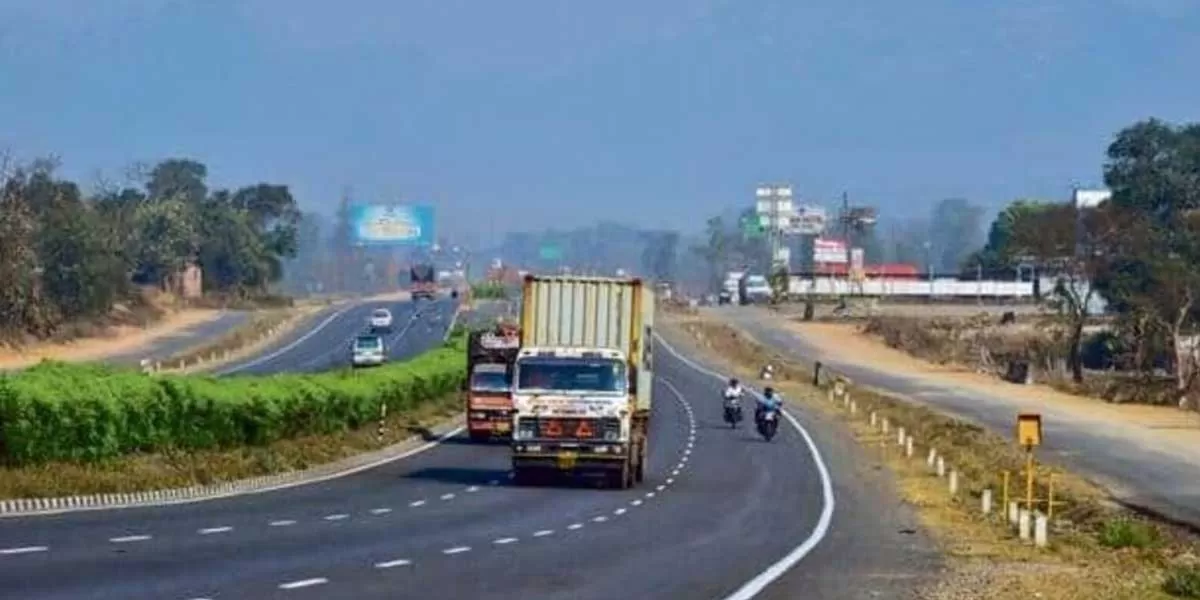The reduction in targets does not signify a lack of progress but rather a strategic recalibration. The focus is on prioritizing quality over quantity, ensuring that ongoing projects are completed efficiently and within budget. This move is also seen as a response to the need for better allocation of resources and addressing bottlenecks that have previously hindered project completion.
Financial challenges, including funding gaps and increased costs of raw materials, have influenced this decision. By lowering targets, the government aims to optimize the use of available resources and avoid overstretching its capabilities. This approach allows for a more sustainable development pace, aligning with long-term economic goals.
Additionally, the post-election scenario necessitates a reassessment of priorities. The government aims to balance immediate infrastructure needs with future growth plans. This period provides an opportunity to address any inefficiencies in the current system and implement reforms that could streamline project execution.
Despite the lowered targets, the commitment to infrastructure growth remains strong. The government is expected to continue investing in key projects that promise significant economic benefits and enhance connectivity across the country. Strategic projects that align with broader developmental goals will likely receive continued support.
In conclusion, the adjustment of highway construction targets for FY25 reflects a strategic, realistic approach to infrastructure development, balancing immediate needs with long-term growth objectives.


